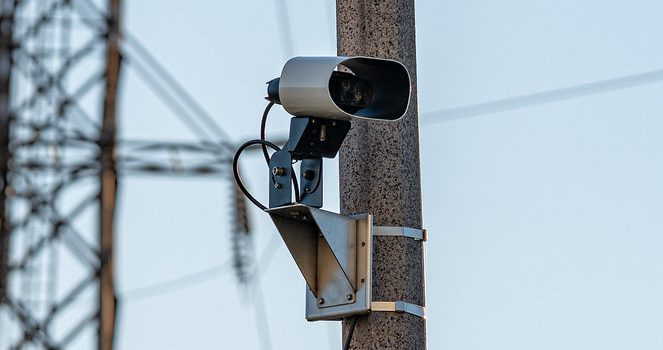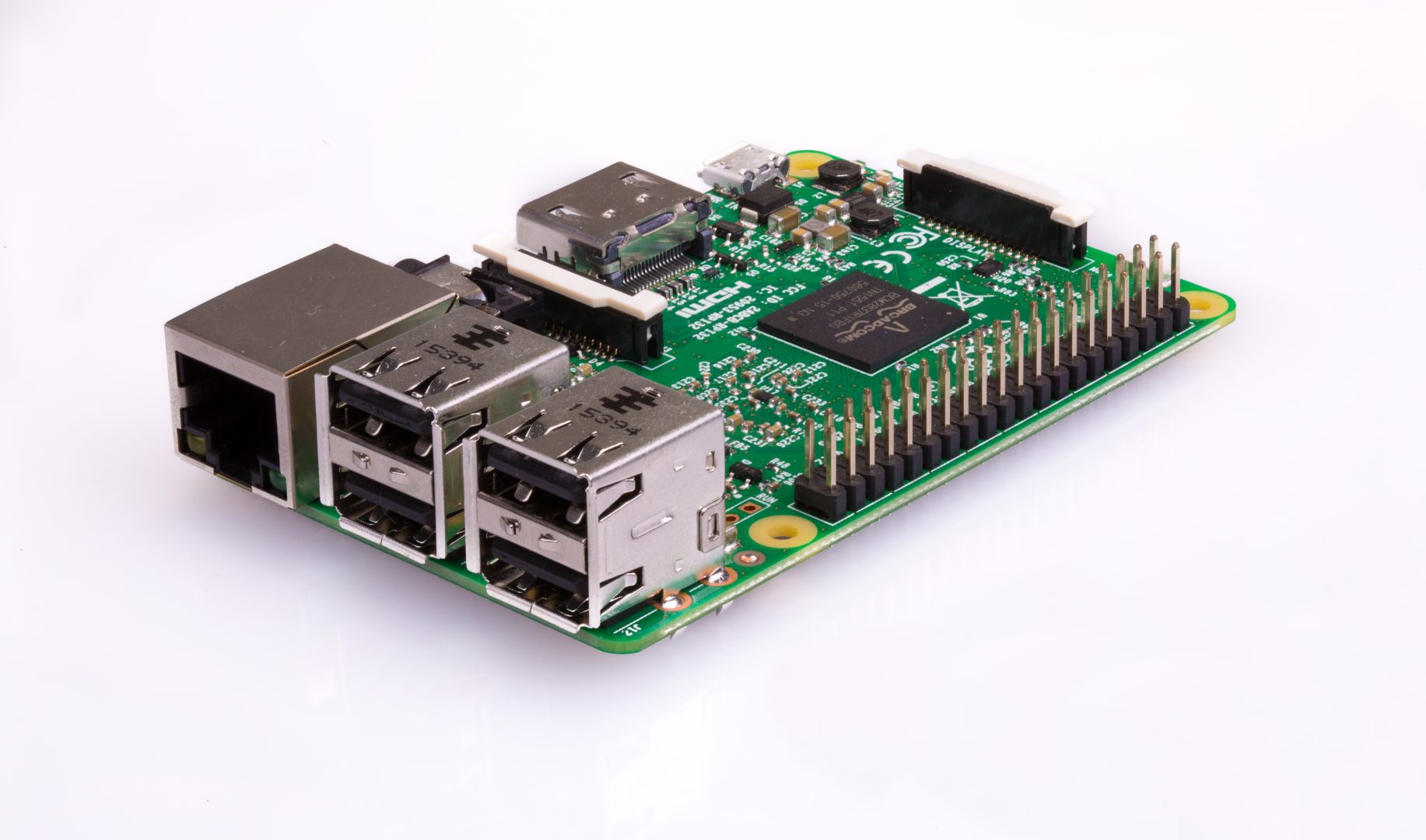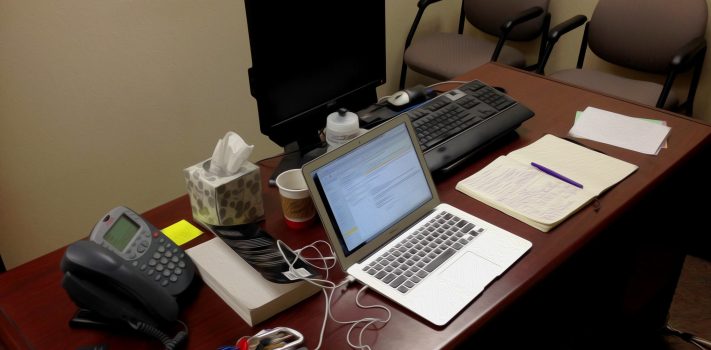Data Collection in Our Lives, by Anonymous in Ohio
With all of the recent discussion of Artificial Intelligence (A.I.) threats in SurvivalBlog, I want to share a recent experience with what I assume was an A.I.-intervened technology. We were recently moving some of our supplies across state in a small cargo trailer to our cabin. We had unloaded the trailer and were returning home when I saw flashing lights in my mirror. I thinking to myself, I can’t be trailer lights, everything is rewired new, new tires, bearings, doors were locked. The State Trooper came up to the window and tells me that my plates on the trailer registration …








